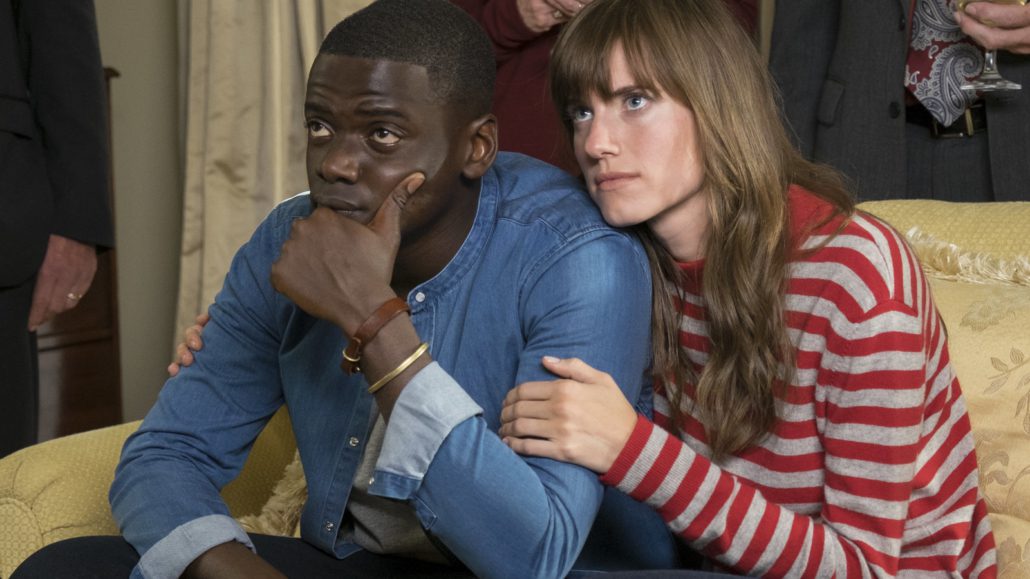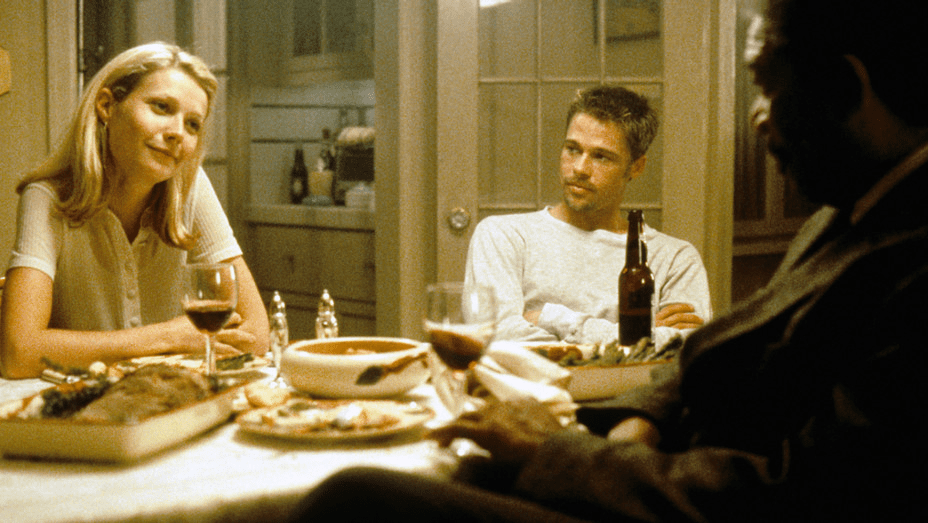Subtle Ways to Boost Terror in Your Horror Film

Production Design Hacks to Heighten the Horror
Much of what makes a good horror film, well, a good horror film relies on aspects outside of the horror story itself. Overwhelming your audience’s senses is key to nailing down an artistic and terrifying film. Whether it be a suggestive set, an intuitive color story, or thoughtful lighting, your audience will experience an initial weight on their psychology through small, non-verbal cues at the onset of the film. A good filmmaker creates emotional tension from the get-go. This initial wave of emotions will only heighten the horror as your story develops and terror actually does hit the screen. Executing these fundamentals can vary in budget, but something that’s always required is time and thoughtfulness.
Symbolism Through Set Design
Set design is one of the most crucial aspects of any good horror film. Incorporating a thoughtful color story and symbolism within each set will entice your audience to keep watching (or watch again) while giving emotional clues as to what’s to come. Again, it doesn’t have to be expensive, but it needs to be thought through. For example, the labyrinth-like layout of the hotel in The Shining is used to create disorientation and confusion for the audience, always quietly heightening the sense of uneasiness. Meanwhile, in Get Out, the setting is generally open and peaceful, which is confusing to the viewer and mirrors the confusion of the protagonist. Only once the horror has really begun does the set change to be an underground maze. It’s truly powerful how the nuances of a set can affect the psychology of the viewer without them even being aware of it.
Color Story Through Wardrobe
Color story goes hand-in-hand with production and set design as well as final coloring but can be easily carried out in wardrobe, giving subliminal cues to the audience as to what’s to come. In Get Out, a film about the nature of racism in America, we can see red, white and blue appropriately used throughout. In one scene, our hero (Daniel Kaluuya) wears a blue shirt while Rose (Allison Williams) dons a red, striped sweater. The American flag is clearly represented, while the red and grey striped sweater nods to Rose’s hidden deviance and not-quite-there innocence, as the stripe is light grey and not white. In David Fincher’s Seven, Tracy (Gwyneth Paltrow) was dressed in delicate white throughout the film, nodding to her innocence and signaling that she would be the sacrificial lamb that would bring John Doe’s (Kevin Spacey) plan full circle. This thoughtful use of color was carried through to Doe’s apartment, as it was overwhelmingly dark with the exception of red lights casting ominous cues over the disturbing set, and onto the audience.

Mystery Through Light Design
Lighting is fundamental to film—especially horror films—as it creates a visual mood, atmosphere, and sense of meaning for the audience, allowing them to settle in for an eerie and horror-filled experience. Lighting can be used to distort or contort reality in some way, whether using spotlighting or underexposing, creating a gap in what is visually available to the audience. And as we all know, not seeing something allows the viewer’s mind to run wild and fill in the gaps, one of the most successful tricks used in horror films.
Mood Through Fog + Haze
Pairing lighting with fog and haze only ups the cinematic nature and tone of your film and has proven to be famously successful in classics like The Exorcist.
Fog has the ability to obscure your shot, which as discussed, can create tension and mystery for the viewer. It can additionally be used in the background or foreground helping to create depth. For an eerie and creeping ground fog effect, use a fog machine passed through a cooled/ice container for that added drama. Here is a great breakdown of the best fog machines for film.
You may want that increased cinematic look but with less drama, in which case haze machines or haze canisters may be your best move. These give more of a misting look that is less clunky than fog, softly filling the air and diffusing the light. Here’s a great breakdown of how to use haze to up the production value and improve the cinematic experience of your next film.
How to Make Your Audience Feel Scared While Watching a Horror Film
The key to a genuinely horrific horror film is to overwhelm the senses of the audience and to create confusion and tension, making the viewer uncomfortable even during seemingly benign scenes, which only makes the thrilling scenes all that more impactful.
